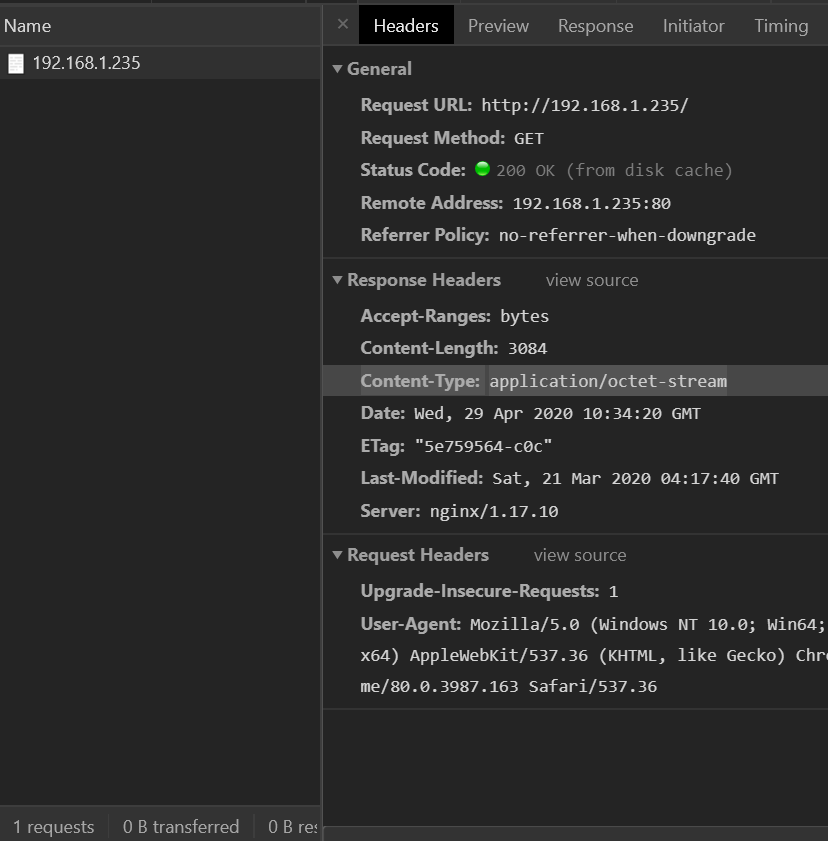

- #Phpmyadmin docker image how to
- #Phpmyadmin docker image install
- #Phpmyadmin docker image update
- #Phpmyadmin docker image password
- #Phpmyadmin docker image download
#Phpmyadmin docker image download
We'll use the docker pull command again: # Download phpMyAdmin 5.0.2 docker pull phpmyadmin/phpmyadmin:5.0.2Īfter some time, you should see a successful download: Digest: sha256:46dfe47ca8d3a172e7a203049bd33f516b179dc4a7205a88a97ba0bf9fc94c11 Status: Downloaded newer image for phpmyadmin/phpmyadmin:5.0.2 docker.io/phpmyadmin/phpmyadmin:5.0.2 At the moment of writing, 5.0.2 is the latest version. Let's download it from the phpMyAdmin repository on Docker Hub. Now we're ready to move on to phpMyAdmin. To verify this, we can list all running containers with docker ps: $ docker ps CONTAINER ID IMAGE COMMAND CREATED STATUS PORTS NAMES 4e61b2cba425 mysql:8.0.19 "docker-entrypoint.s…" 3 seconds ago Up 3 seconds 3306/tcp, 33060/tcp mysql Step 2 - Installing phpMyAdmin It means MySQL is successfully up and running. That's the unique ID assigned to the container by Docker. Run this command, and you should see a random and long string displayed. Our command to start MySQL is: # Start a MySQL container docker run -name mysql -d -e MYSQL_ROOT_PASSWORD=my-secret-pw mysql:8.0.19 Docker allows you to pass environment variables with the -e flag.
#Phpmyadmin docker image password
We can do this by assigning the password to the MYSQL_ROOT_PASSWORD environment variable which we'll pass on to the container. MySQL requires us to provide a password for the root database user to start the database. We'll give the container a name with the -name flag and have it run in the background with the -d flag, so we can keep using the same terminal window for subsequent commands. With the MySQL image downloaded, let's run a container from it with the docker run command. You should see several progress bars and after a while it should have finished successfully: Digest: sha256:b69d0b62d02ee1eba8c7aeb32eba1bb678b6cfa4ccfb211a5d7931c7755dc4a8 Status: Downloaded newer image for mysql:8.0.19 docker.io/library/mysql:8.0.19 # Download MySQL 8.0.19 image from Docker Hub docker pull mysql:8.0.19 If you want to use MySQL 5, that will work as well. As of writing, the latest version of MySQL is 8.0.19.

We'll grab the image from the official MySQL repository on Docker Hub using docker pull command. We need to have it up & running before we can connect with phpMyAdmin. Let's start by installing the MySQL database first.
#Phpmyadmin docker image how to
We will download and run both through Docker, and configure them so they can communicate properly.Īs a bonus, you will see how to accomplish this with just one file and a single command using Docker Compose.

Without phpMyAdmin or MySQL preinstalled, our goal is to quickly have a local phpMyAdmin webserver running that's connected to a MySQL database. We'll go over each step in detail and explain what we're doing. You should see a similar output: $ docker -v Docker version 19.03.8, build afacb8b $ docker-compose -v docker-compose version 1.25.4, build 8d51620aīasic experience using the Docker command line is useful, but not required. Verify you have both installed by typing docker -v and docker-compose -v in your terminal. The official docs have an installation guide for macOS, Windows and Linux operating systems. You don't need a lot of knowledge or tools to be able to follow along with this tutorial. You'll accomplish this with minimal effort using a single command to start the entire application stack.
#Phpmyadmin docker image install
Or maybe you just want to quickly install MySQL, without bloating your machine, and continue working on your application.īy the end of this tutorial, you will have clean installs of MySQL and phpMyAdmin that are configured properly to just work. Why is it so difficult to simply connect to a MySQL database? You could fix it if you delve deep into networking, but who has time for that? Mysqli::real_connect(): (HY000/2002): php_network_getaddresses: getaddrinfo failed: Name or service not known
#Phpmyadmin docker image update
RUN apt-get update -y & apt-get install -y libmariadb-dev & docker-php-ext-install mysqli & docker-php-ext-install pdo_mysqlĪnd my docker-compose.yml as follow : services:įor me, all is good, but when I run "docker compose up -build", container is launched, but he has not install "mysqli" and "pdo_mysql" like I request in the Dockerfile.īut, if I log in by CLI to the PHP container, and that I run docker-php-ext-install mysqli and docker-php-ext-install pdo_mysql, it works, and I just have to restart the PHP container.MySQLInterfaceError: Can't connect to MySQL server on 'mysql' I am creating an image for a php8 project run on apache, and work with phpMyAdmin, I have my Dockerfile as follow : FROM php:8.0-apache


 0 kommentar(er)
0 kommentar(er)
